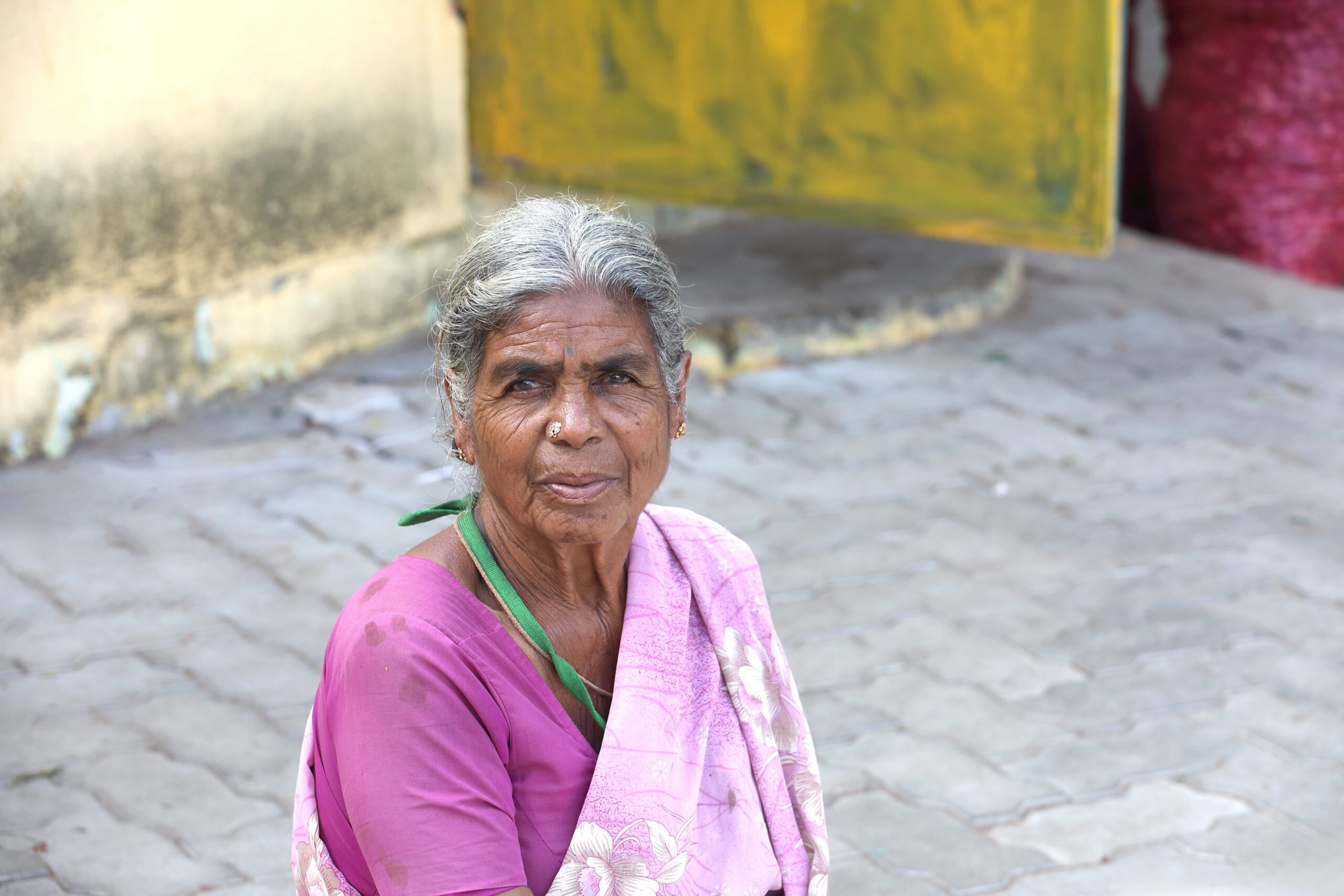Ageing
High-income countries like Japan, Italy and Germany have some of the highest proportions of elderly people, reaching more than 20% of their total population. This has posed significant challenges for countries and their institutional systems.
India too is witnessing rapid demographic shifts and an uptick in elderly population. In 2022, elderly made up 10% of the total population, with 140 million older persons. By 2050, it is expected that elderly will make up 20% of the total population, reaching 347 million people. Southern states report some of the highest proportions of older adults, resulting in relatively increased old-age dependency ratios. As per the Census of India 2011, Kerala recorded the highest proportion of elderly at 12.6%, followed by Tamil Nadu at 10.4%. States in other parts of the country are experiencing a similar shift. Himachal and Punjab already have 13.1% and 12.6% elderly in their population.

Understanding the Multi-Dimensional Challenges of India’s Elderly (Source: LASI, Wave-1, 2017-18)
Healthcare concerns
- Chronic conditions are extremely common in the later years of life. In fact, nearly a fifth of the elderly population reported more than one chronic condition, i.e., multi-morbidity.
- Health insurance coverage of the elderly remains critically low, with only 18.6% elderly covered in rural areas and 17.3% in urban areas.
- Access to assistive devices is another observable gap with regards to elderly health. 24% of the elderly with visual impairments and 92% of the elderly with hearing impairments did not use spectacles and hearing aids, respectively.
Economic concerns
- 70% of the elderly are dependent on their families or pensions for basic sustenance.
- Nearly 78% of the elderly population is not covered by any pension support.
- 40% of the elderly in rural areas are still part of the workforce and 26% elderly in urban areas, hinting at a high level of financial insecurity amongst this group.
- One out of four elderly attributed 1 out of 4 elderly attributed healthcare-related expenses as the primary cause of indebtedness in urban areas.
Social concerns
- Disintegration of traditional joint family systems and rise of nuclear families has left many elderly living alone. Approximately 2.5% of the elderly men and 8.6% of the elderly women in India live alone. Tamil Nadu has reported the highest percentage of elderly living alone, followed by Nagaland and Telangana.
- Discrimination and stereotyping against the aged, known as ‘ageism’, leads to a rise in isolation and increased morbidity. This creates greater concerns regarding their safety and security.
- A large proportion of the elderly are not literate, making them more vulnerable to crimes such as financial or digital frauds. As per a report by Agewell Foundation published in 2018, 93.7% of the elderly did not know how to use any digital tools.


